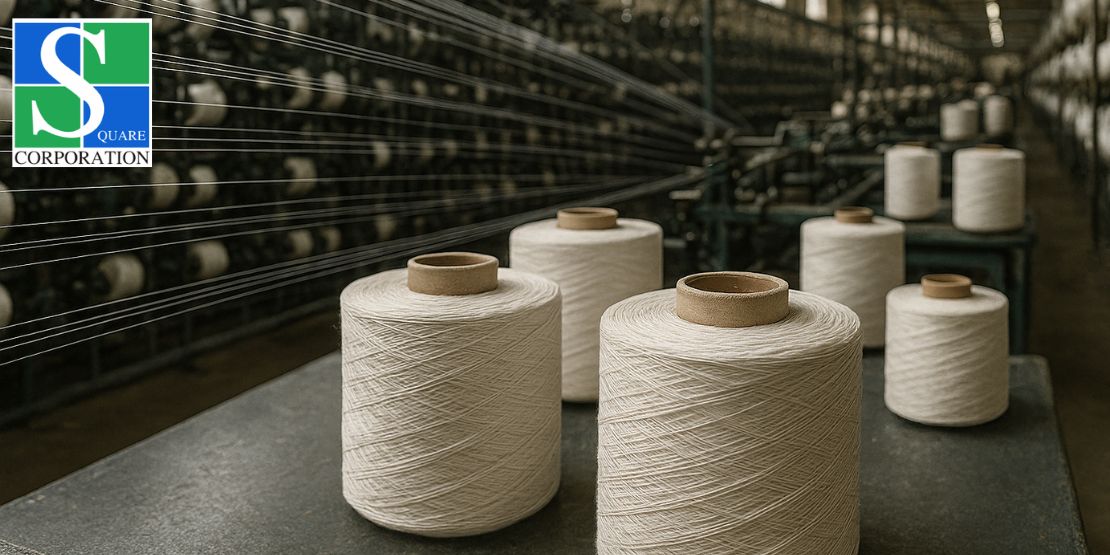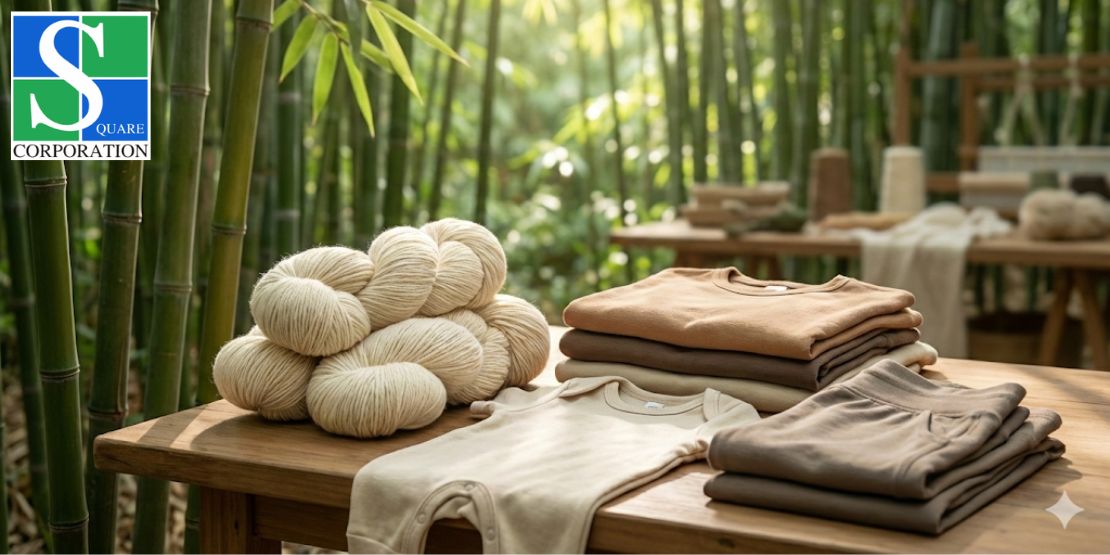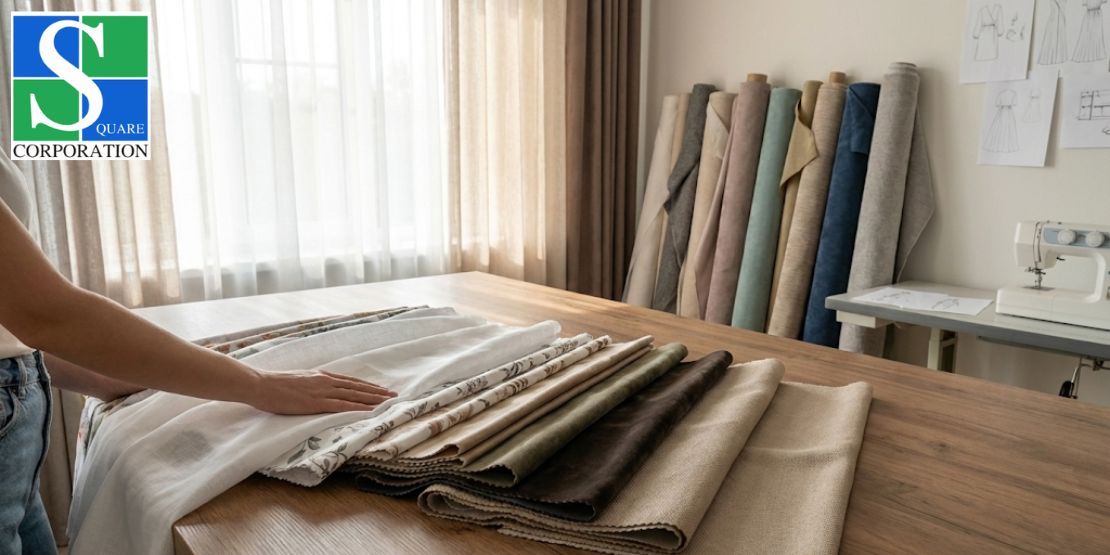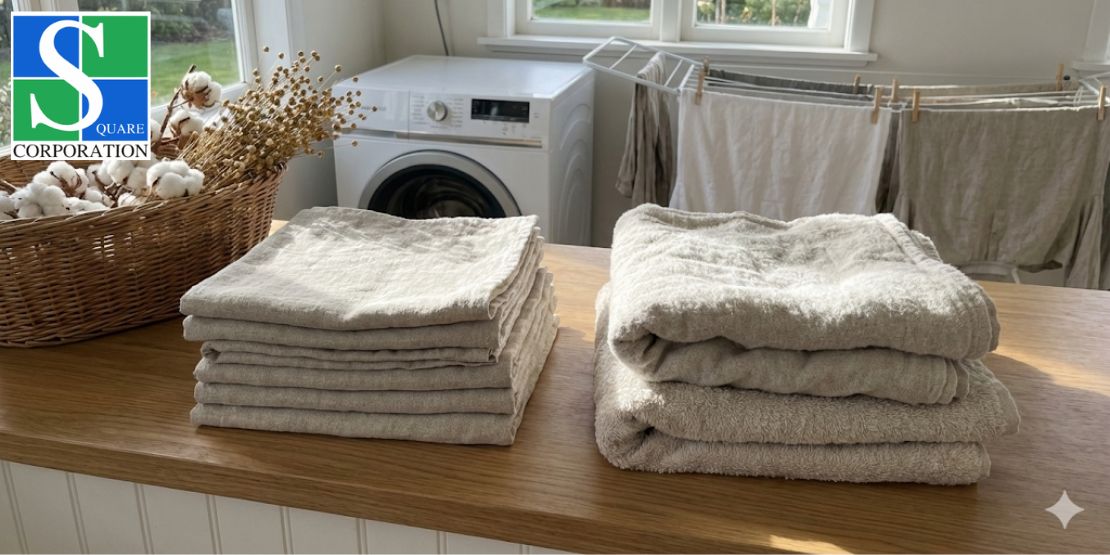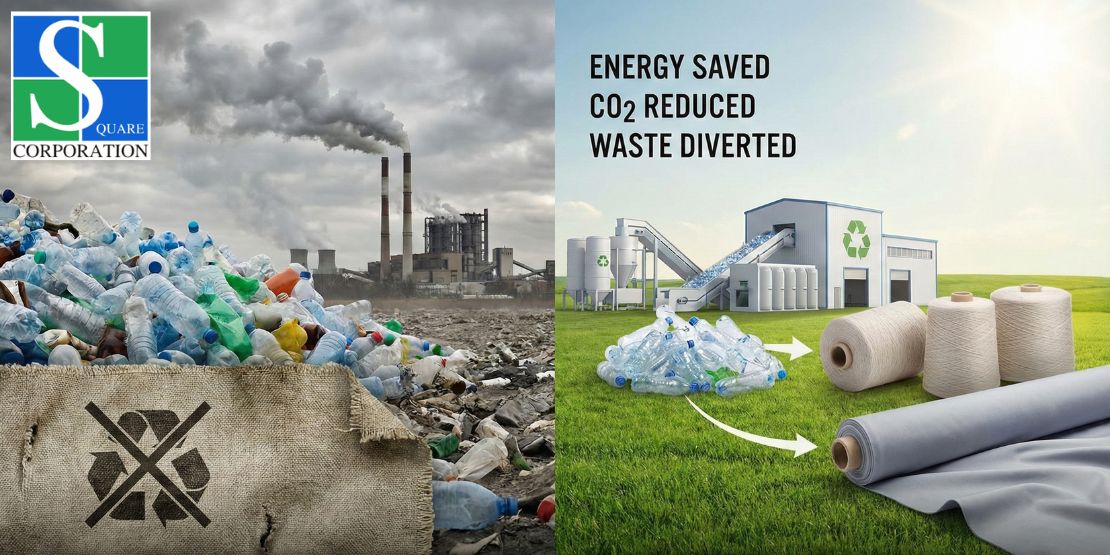25 December, 2025 | by Admin
How Eco-Friendly Rayon is Reshaping the Textile Industry
20 July, 2025 | by Admin
In the realm of textiles, where sustainability meets innovation, rayon or viscose yarn acts as a versatile and eco-friendly fabric option for the textile industry. A reliable and professional viscose yarn manufacturer consistently strives to provide high-quality rayon fabrics that offer an exclusive range of textiles for a distinctive style and environmental sustainability. This artificial silk or semi-synthetic fiber offers luxurious fabric quality at an affordable price.
Yet, behind the manufacturing of rayon lies a negative environmental impact. However, in the 21st century, there is a significant revolution in the rayon manufacturing process. It indicates a reduced environmental impact and a focus on ecological sustainability. Through this blog, we will discuss the vast eco-innovation in the rayon manufacturing process that is reshaping the textile industry.
What Do You Mean by Rayon?
Rayon is one of the most important fabrics in the textile industry, which is referred to as artificial silk or viscose. This fibre is primarily regenerated cellulose fibre, derived from natural sources such as bamboo, cotton linters, and wood pulp. The unique manufacturing process of rayon involves cellulose treatment with chemicals that dissolve it into a viscous solution. After this process, it is extruded into fibers that can be spun into yarn and woven into fabrics.
Purpose of Using Rayon Fabric for Garment Manufacturing
Rayon fabric is one of the most desirable properties for garment manufacturing due to its significant benefits. Let’s discuss them in detail-
- Softness of rayon fabric – Rayon fabrics have a luxurious feel, similar to silk, providing a comfortable sensation against the skin.
- Versatility in garment manufacturing – When rayon blends with other fibers, such as polyester, wool, or cotton, it creates high-quality fabrics with enhanced properties.
- Breathability for humid weather – Rayon is highly breathable, allowing air to circulate through the fabric and keeping the user cool in hot and humid weather.
- Drapability for smooth movement – Rayon has excellent draping qualities that enhance the flow and movement of garments.
The Revolution in the Rayon Manufacturing Process
In this segment, we will discuss the rayon manufacturing process in a sustainable manner.
1. Sustainable sourcing: Protect forests while growing fiber
Traditional rayon production relies on the annual use of approximately 200 million trees, which can significantly disrupt the ecological balance of the environment. Now, the sustainable production process of rayon mainly focuses on the following features-
- FSC-certified wood- beech and eucalyptus forests, where harvest rates are lower than growth rates, yield some rayon.
- Focus on fast-growing botanicals, such as bamboo, which can be harvested in 3 to 5 years, and agricultural waste like pineapple leaves, to minimize the pressure on ancient forests for rayon production.
2. Chemical-free, eco-friendly manufacturing process
Using chemical composition in the rayon manufacturing process is a dark secret of rayon manufacturing. Toxic solvents, such as carbon disulfide, are commonly used in the production of rayon.
- Eco solvents- Lyocell uses non-toxic amine oxide instead of carbon disulfide and protects manufacturing workers
- Water-saving technology – The supercritical CO2 dyeing method for rayon production uses zero water and reduces energy use by up to 75%.
Rayon Manufacturing in a Sustainable Production Process
In the 21st century, India textile manufacturing industry has primarily focused on sustainable textile production for rayon manufacturing, creating a unique combination of style and sustainability.
- Focus on Renewable Sources – Rayon is derived from renewable resources, such as bamboo and trees, which are sustainably harvested.
- Closed-loop manufacturing – Lyocell is manufactured in a closed-loop process where solvents are recycled with minimal waste emissions.
- Biodegradability – Rayon fibers are biodegradable, breaking down naturally over time and reducing landfill waste.
- Minimum environmental footprint– Compared with synthetic fibers like polyester, rayon production requires less energy and water, which is vital for a smaller ecological footprint.
A Significant Difference between Rayon and Viscose
The terms ‘rayon’ and ‘viscose’ are used interchangeably, but both have distinct meanings in particular phases.
- Rayon is a common type of fiber that is made from regenerated cellulose.
- Viscose refers to a type of rayon that is produced through the viscose process, which involves treating cellulose with sodium hydroxide and carbon disulfide.
Conclusion
When innovation merges with ecological balance, the highest quality materials emerge. If you are in the garment industry and searching for premium-quality rayon, then you must contact Square Corporation. We are the best manufacturer and supplier of certified rayon fabric for the garment manufacturing industry.
Related Posts
20 December, 2025 | by Admin
Why Bamboo Yarn Is the Next Big Trend in Eco Garments...
15 December, 2025 | by Admin

